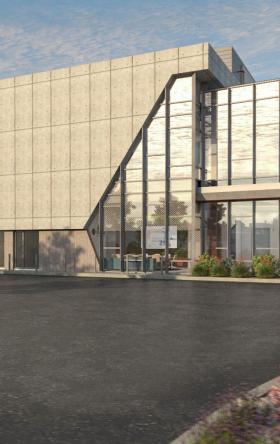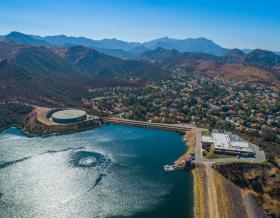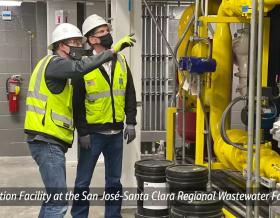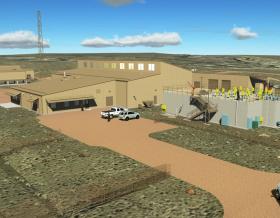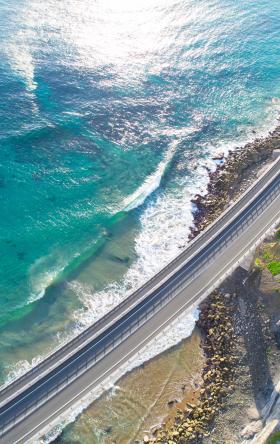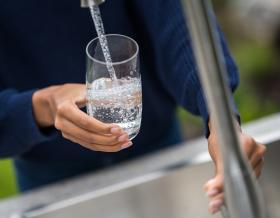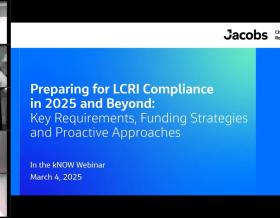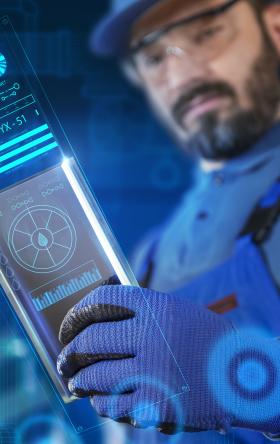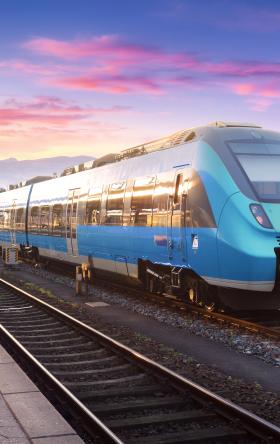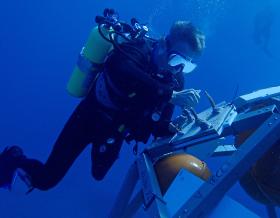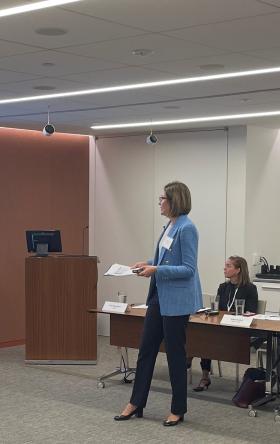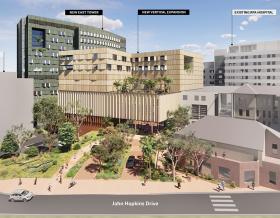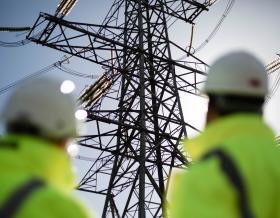County of Maui Wildfire Recovery: Rapid Sewer Assessments using Data Solutions
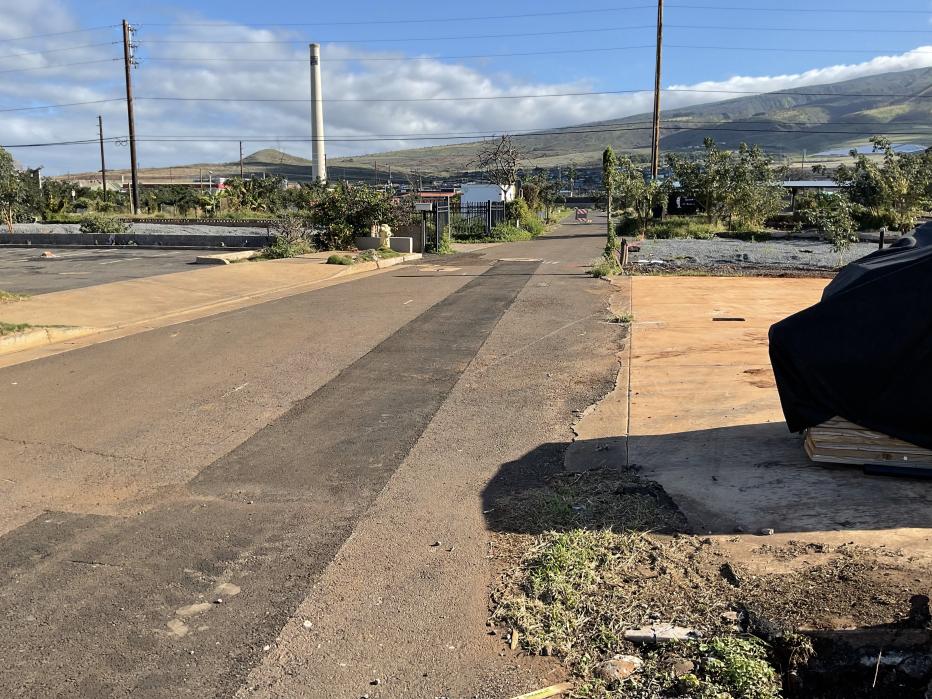
In August 2023, the Lahaina wildfires triggered one of the most catastrophic natural disasters in Hawaii’s history. The fires claimed more than 100 lives, destroyed over 2,200 structures, and displaced more than 5,000 residents. Streets were left unrecognizable—so much so that names had to be spray-painted directly onto the pavement to guide first responders. Beyond the visible devastation, critical infrastructure was also severely damaged, including the region’s wastewater collection system.
As the community began the long journey toward recovery, restoring essential services like sanitation became a top priority. The Federal Emergency Management Agency (FEMA) tasked the Environmental Protection Agency (EPA) with managing hazardous materials cleanup and assessing infrastructure damage. Among the EPA’s urgent objectives: evaluate and restore Lahaina’s wastewater system to support the safe return of residents and long-term community resilience.
To meet this challenge, the County of Maui partnered with Jacobs to deploy Dragonfly— our AI-powered condition assessment tool. This award-winning solution enabled rapid inspection and analysis of nearly 90,000 linear feet of sewer pipelines in just 30 days, dramatically accelerating the recovery timeline and helping Lahaina take critical steps toward rebuilding.
Overcoming post-wildfire infrastructure crisis
The wildfire’s aftermath presented extraordinary hurdles:
- Limited staff and equipment hampered traditional sewer inspection efforts.
- Compressed timelines driven by ongoing emergency recovery and inter-agency coordination added pressure.
- Increased infiltration and disrupted wastewater flows to the treatment plant complicated treatment processes.
- An urgent need to locate infiltration sources and prioritize pipe repairs emerged to allow displaced residents to safely return.
Traditional CCTV inspection methods, while effective, were too time-consuming and resource-heavy for the scale and urgency of the response. Manual reviews would have delayed the recovery effort by at least 30%.
AI-powered response: rapid assessment with Dragonfly
Jacobs deployed Dragonfly℠, our AI-enhanced tool that automates defect detection and pipeline condition assessments from CCTV footage. This allowed crews to focus on rapid video collection while Dragonfly handled the analysis.
Key elements of the solution included:
- Streamlined Inspections: Two field crews captured video data of 90,000 feet of pipeline within one month. Videos were uploaded daily, reviewed by Jacobs, and processed by Dragonfly for defect identification, grading, and reporting.
- Global Collaboration: Teams across multiple continents (including engineers from Poland, Italy, and the UK) worked across time zones to deliver results quickly.
- Prioritization and Asset Management: Using Dragonfly’s Argon-powered dashboard, the County identified the highest-risk pipelines out of 512 surveyed and focused immediate repairs accordingly.
- Accelerated Construction Planning: Jacobs used the condition assessment data to create bid-ready packages including GIS maps, specs, and cost estimates. April 2025 emergency repairs completed.
- Future Resilience: A capital improvement list was created for long-term rehabilitation of deteriorated, non-critical pipelines using trenchless or traditional repair methods.
The Dragonfly approach didn’t just save time—it enabled a smarter, more targeted recovery process. By combining technology, global expertise, and close coordination, the County of Maui was able to turn a major infrastructure challenge into a story of resilience and innovation.
“Dragonfly was key to quickly assessing the County's sanitary sewer collection system for emergency repairs after the wildfire event. We were able to rapidly inspect, assess, and prioritize each pipeline based on its condition, which allowed us to rapidly move onto the construction planning phase and performing the repairs.”
Did you know?
-
90000
linear feet of sewer pipelines inspected and assessed
-
512
Unique pipelines inspected and assessed, flagging those needing urgent repair


